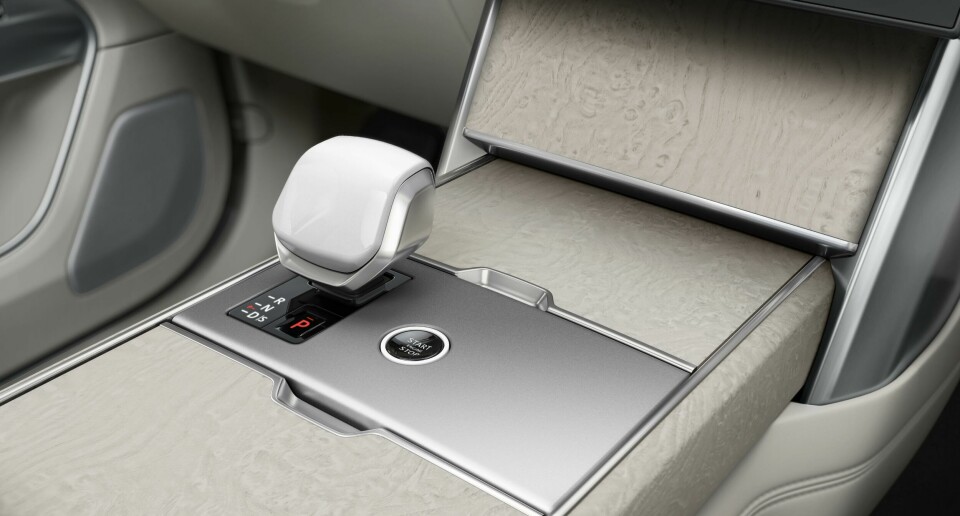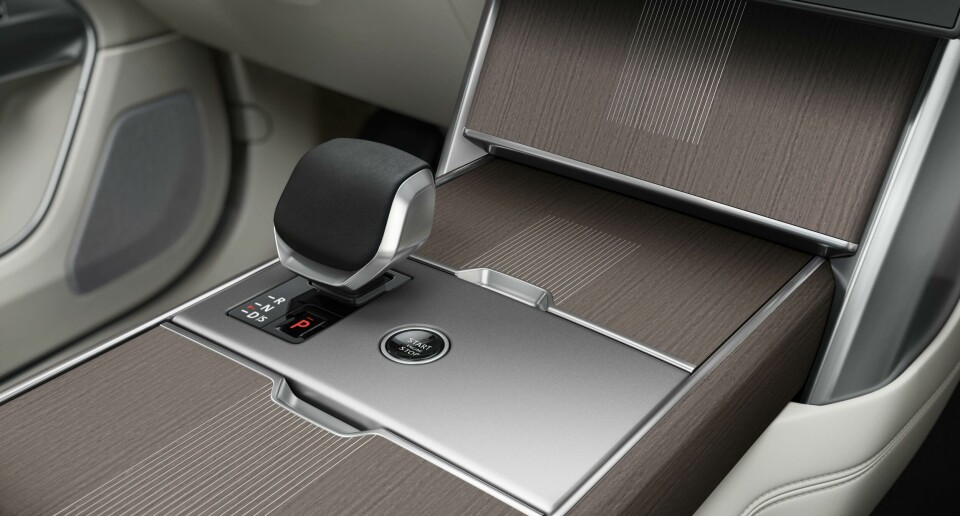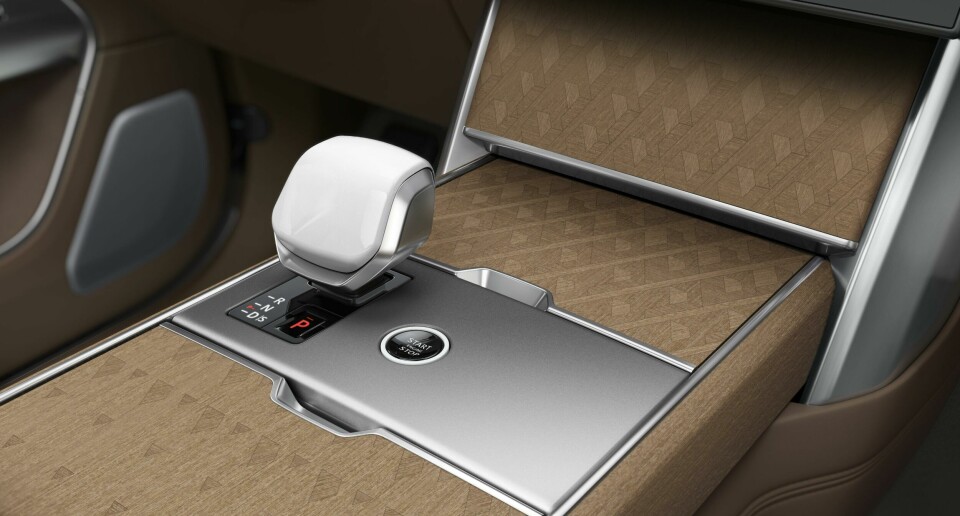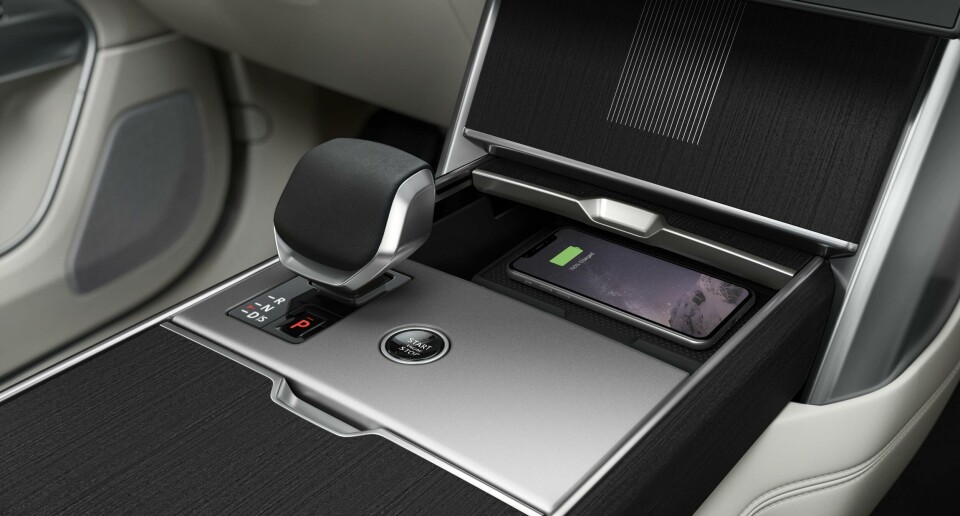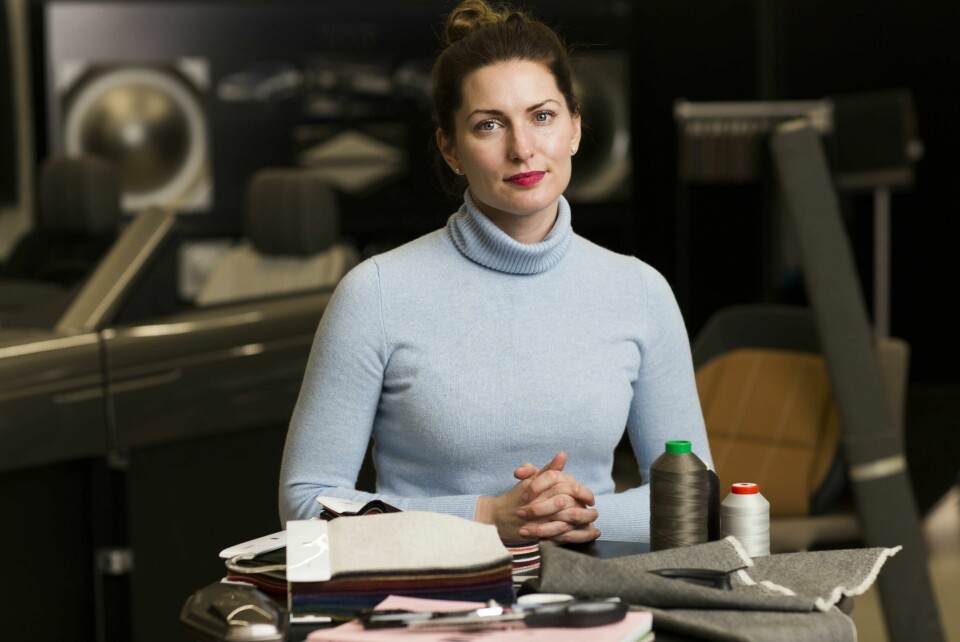
Interior Motives: Amy Frascella
CMF design has emerged from the shadow of interior and exterior design teams. Car Design News spoke to CMF expert Amy Frascella about the discipline’s quiet revolution
Car Design News: What are the main opportunities for CMF designers to influence design decisions at a more senior level?
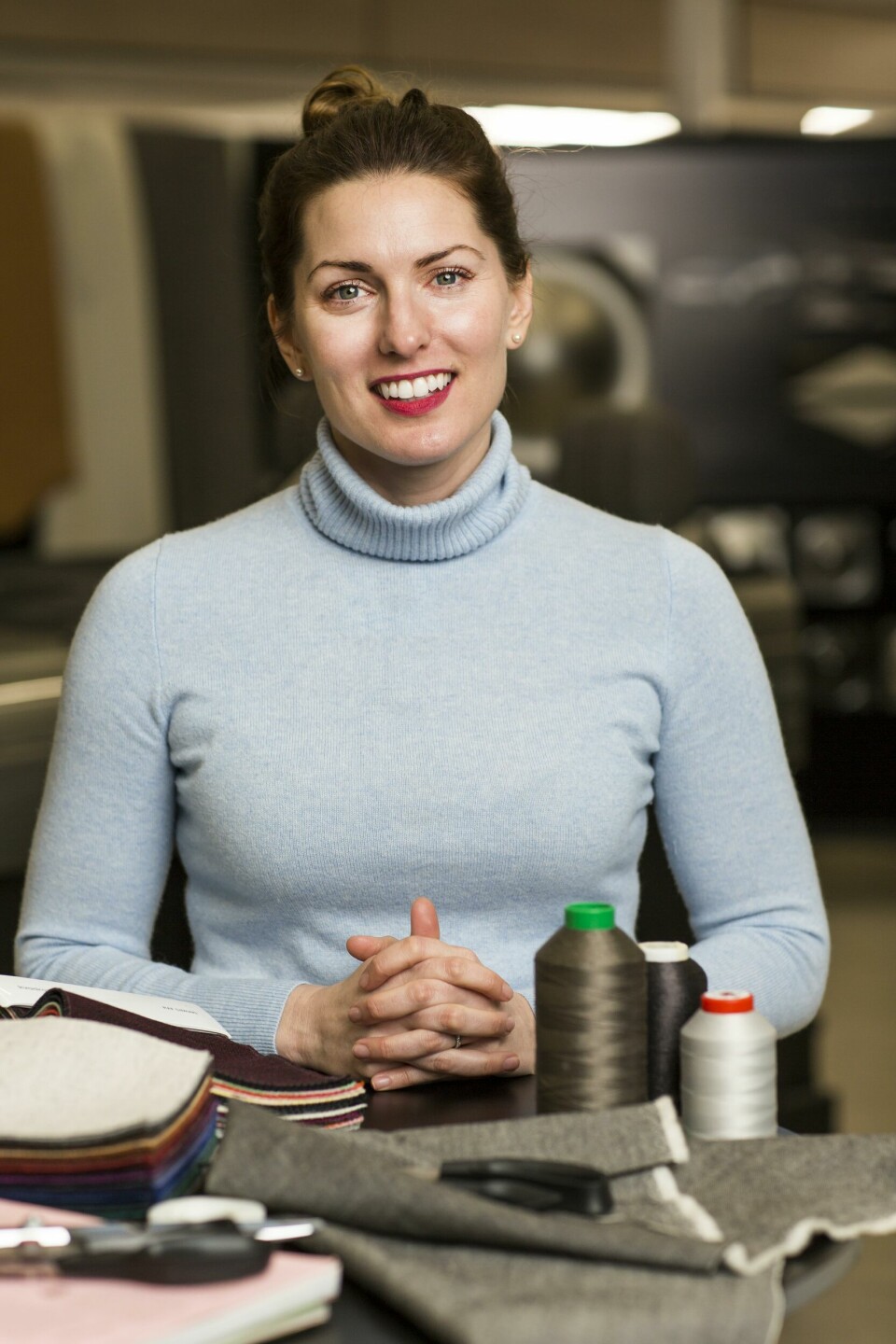
Amy Frascella: CMF design creates strategic advantages and boosts brand recognition, typically with lower investment and high visual receipt. Forward-thinking leaders recognise this and are starting to use CMF as a strategic asset for creating value and brand building, so there seems to be a shift towards CMF teams operating as a ‘stand alone’ department in automotive studios now. (In the recent past CMF may have been part of the interior or exterior 3D teams.)
This creates an opportunity for the discipline to be recognised with focused leadership reporting into creative ‘first line’ leadership teams – allowing the independent needs of the discipline to have a seat at the table and directly contribute to setting design and brand strategies.
CMF designers and technical specialists are working in partnership with sustainability engineering teams to help contribute to business strategies for sustainability targets. Solutions can thus be developed through a materials-led design approach that challenges the wider business to support potential investment and change hearts and minds.
For example, changing how manufacturing plants are set up are big strategic decisions. CMF specialists are well placed to contribute here, as to do their jobs they must be skilled at scanning and spotting new material innovation opportunities, working simultaneously at the front end of design development and while delivering scale into mass production.
Co-creation with supplier partners or — gasp(!) — even competitors can help scale new material technology
CDN: How are digital tools affecting CMF?
AF: Adobe Substance is fairly new software and just one example of the tools that support digital material development. Running in parallel to physical material developments, digital visualisation tools can support creativity and boost efficiency.
And by working with digital artists to create compelling animations of material innovation and development, it is possible to explore new ideas before science or engineering have yet found a way to make it reality. For example, grown materials or materials that explore new production processes can be more easily explained and understood by key collaborators and stakeholders, encouraging them to invest and develop together.
CDN: Are there new opportunities for the discipline in terms of efficiencies and testing?
AF: Co-creation with supplier partners or — gasp(!) — even competitors can help scale new material technology for the industry faster and potentially make it more affordable to invest in innovation.
Creating consortiums with analogous industries also seems to be an opportunity if the brands in question can align on their strategic values and roadmaps. As there is legislation that the industry will need to meet in terms of sustainability targets, why not lead together instead of everyone being fast or even reluctant followers.
I am a big advocate of bringing materials engineers into CMF design teams and/or studio engineering teams. This allows creative technical exploration early in the design vision process and gives CMF designers technical partners to work with on new solutions.
We need to approach this topic with whole systems thinking
CDN: CMF is closely associated with leading on Sustainability – is that a fair characterisation and is the discipline delivering on those aspirations?
AF: Yes and no – it depends on the brand’s sustainability ambitions and strategies. In the past, CMF may have been developing more sustainable or responsible solutions without any clear sustainability business strategy in place, because designers innately knew this was the right thing to do.
CMF also ‘punches above its weight’ in terms of communicating sustainability initiatives to clients and external audiences. And clients are expecting the brands they align themselves with to reflect their values as they become more aware of their consumption habits and their impact. More sustainable technologies, and provenance of materials that protect the planet, people and animals are expected within all segments and price points.
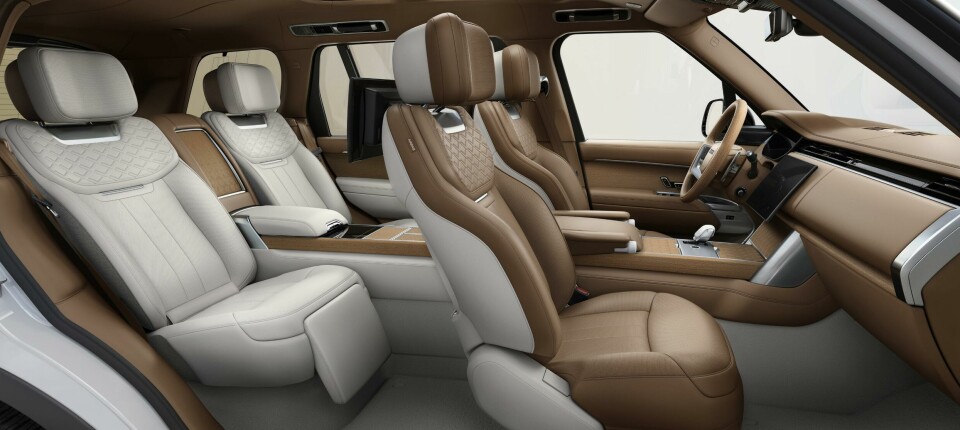
Generally speaking, there is great movement from CMF teams on the journey to a more sustainable, responsible and ultimately circular future, but we now need to approach this topic with whole systems thinking. For example, A and B surface considerations and how to design for disassembly and reuse. To get to this next level, CMF teams cannot take on this body of work alone – they will need their companies’ entire eco-system of sustainability stakeholders engaged and supporting.
With the contribution that is within their control, CMF teams are certainly delivering on more and more sustainable and responsible initiatives
CDN: Staring into your CMF shaped crystal ball, how do you see the discipline evolving in the near future?
AF: Creatives who work in this discipline build lots of transferable skills, which will create opportunities to work across industries and also cross over into sustainability teams, strategy teams and brand experience teams.
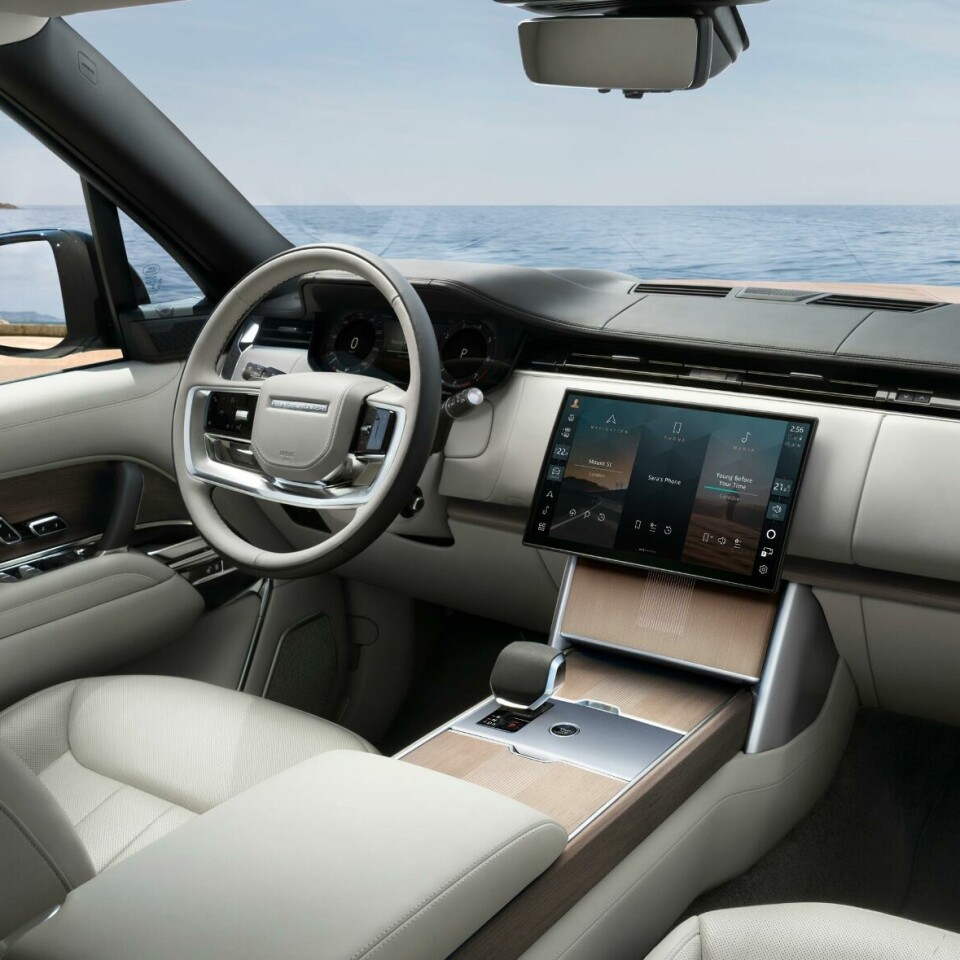
Inextricably linked to brand creative work, CMF contributes to the look and feel of the brand and brand experiences; this type of influence has probably come organically in the past but now it is more strategic and organisational planning will reflect the need for this skillset. I also see more potential for crossover with sustainability teams. A materials-led design approach to how products are made will contribute to defining how we can design for circularity.
Digital CMF design will come of age in the automotive sector too. This is a new capability and specialism within the discipline, and it may be incubated in CMF teams but ultimately could move into digital visualisation teams in the future. And finally, I see an increased focus on how digital and physical materials converge and work together for seamless experiences, and embedded technology will continue to be explored to enhance the perception of safety and wellbeing.
